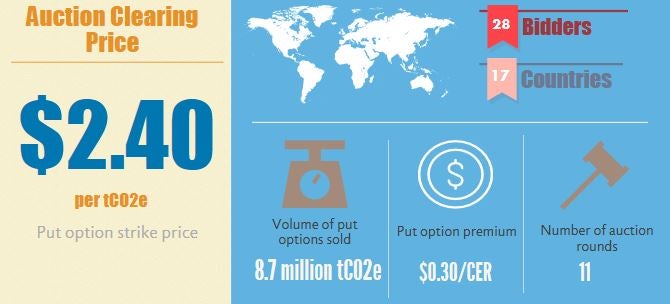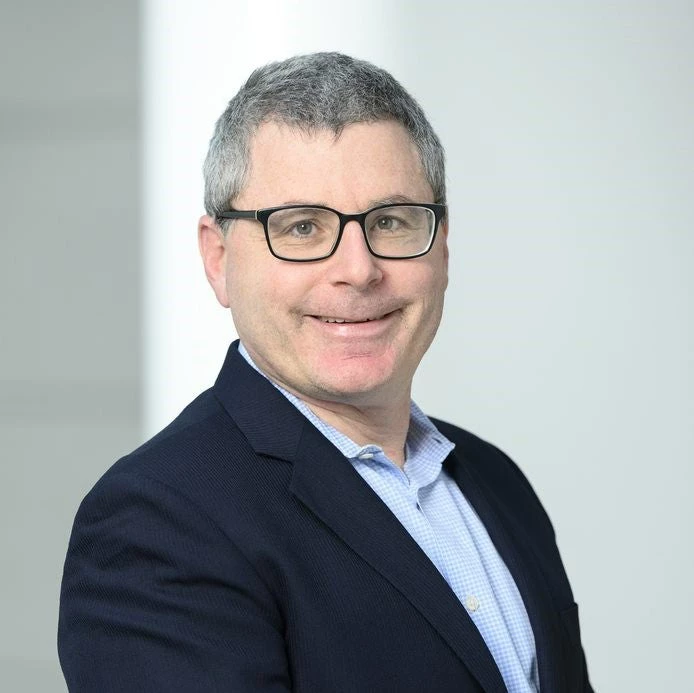
When you think of online auctions, what products come to mind? Perhaps electronics, collectibles or concert tickets, but it’s unlikely that you think of climate finance. However, the Pilot Auction Facility for Methane and Climate Change Mitigation (PAF) recently combined the two, and for this, we are thrilled to be awarded Environmental Finance’s Carbon Deal of the Year 2016.
The concept, first developed by academics and reviewed by the G8, uses auctions to allocate price guarantees for emission reductions (commonly called carbon credits), ensuring that the maximum climate benefit is achieved per dollar spent. The PAF has a budget of over $50 million to date, with contributions from Germany, Sweden, Switzerland the United States, and its objective is to test drive the auction concept and to demonstrate the potential for countries and international financiers to achieve maximum returns on their climate spending.
In our first auction last July, investors bought price guarantees that give them the right (but not the obligation) to sell 8.7 million tons of emission reductions to the PAF at $2.40/ton in the future. These carbon credits are required to come from the methane reducing sectors of waste, wastewater and agricultural waste. The price guarantee was delivered in the form of a Pilot Auction Facility Emission Reduction Note (PAFERN), a freely tradeable security that ensures the price guarantee will end up with the firms that value it the most.
From the outset, the PAF brought together departments across the World Bank Group (WBG) to operationalize the instrument. The climate change team partnered with the World Bank Treasury to design and issue the PAFERN price guarantees and the IFC Business Risk & Compliance Department to advise on integrity screening of bidders. The World Bank Operations Risk Management Department and the IFC Transaction Risk Solutions Department also designed an approach to mitigate environmental, health, and safety risks – a difficult task when, because of the tradability of the PAFERNs, the projects that we support are not known until the time of payment. Development finance, legal support and a healthy crew of accountants also helped with the effort.
Looking ahead, we have announced PAF’s second auction for May 12, 2016. Acting on its mandate as a pilot facility, the PAF will use the second auction to test a new auction format, while keeping the focus on the same waste sectors. For the second auction, the PAF expanded the eligibility to include projects verified under the Gold Standard and the Verified Carbon Standard, in addition the Clean Development Mechanism.
Most importantly, we will continue to share our lessons learned on how this now “award winning” model can be replicated and scaled up. With this in mind, the PAF is releasing two studies in the coming months looking at other sectors where the model could be used to incentivize low-cost emission reductions and efficient use of climate funds.
With the successful completion of the first auction and with the second auction under preparation, the PAF is grateful for this award and its recognition of a range of committed stakeholders both within and external to the World Bank Group. It’s a true win for those who support creative and innovative thinking in climate finance.


Join the Conversation